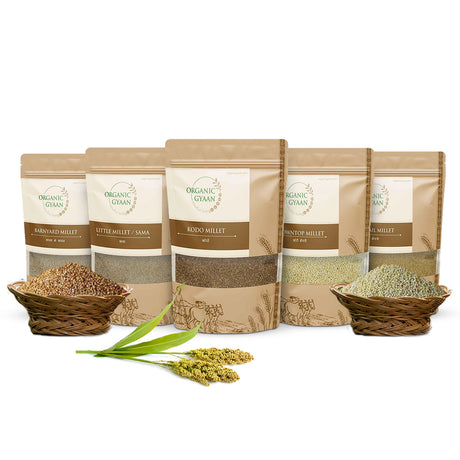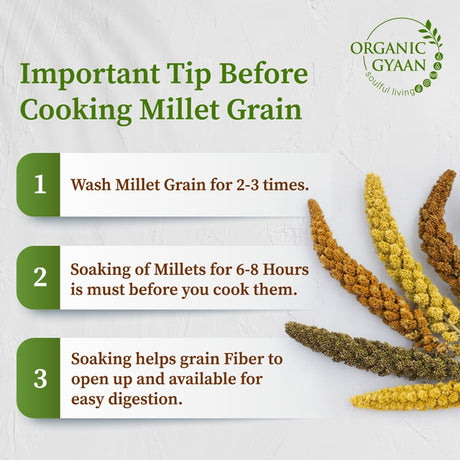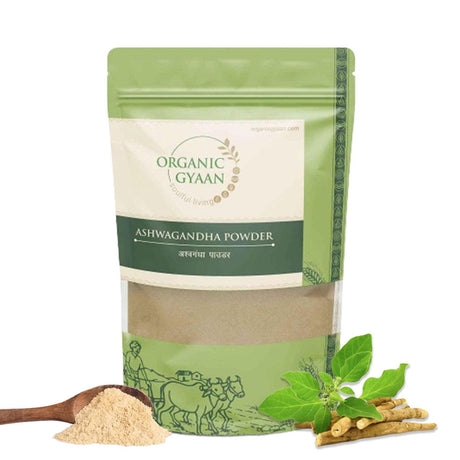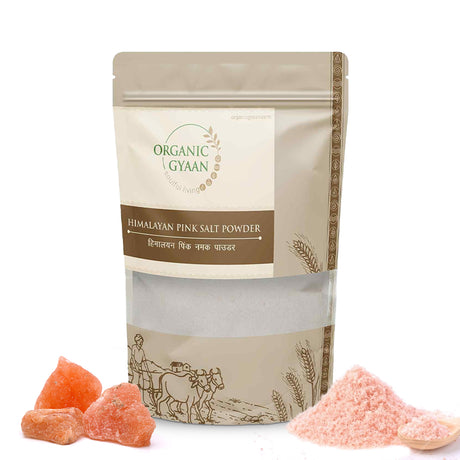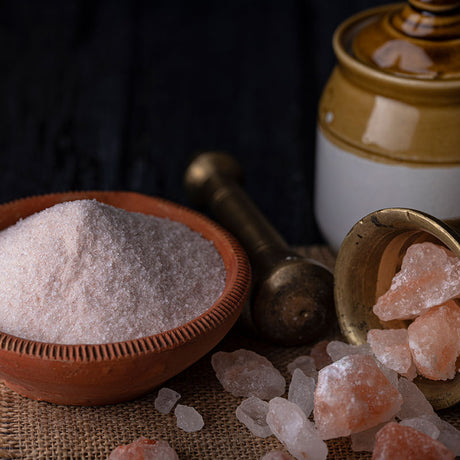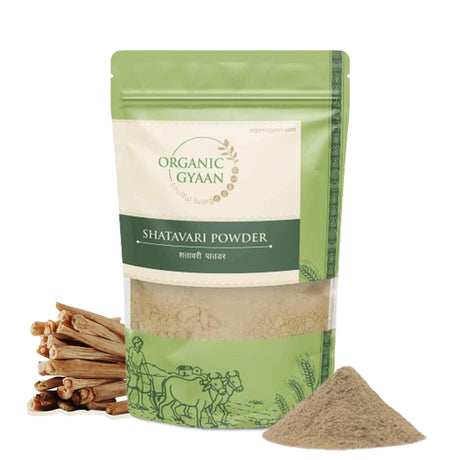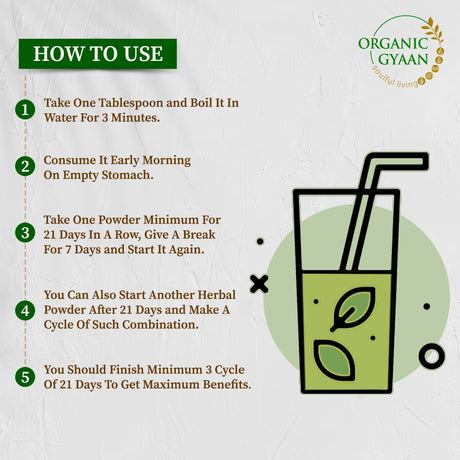Ever wondered if quinoa is a healthy choice for diabetics? Discover its nutritional value and how it aids in blood sugar management, benefiting diabetic diets.
Understanding Quinoa: A Brief Overview
Quinoa, often referred to as a "superfood," is a grain-like seed that has gained popularity across the globe, including India, for its impressive nutritional profile. Originating from the Andean region of South America, quinoa has become a staple in many health-conscious diets. But is quinoa a good option for diabetics? Let’s delve into its benefits and why it might be a wise choice for those managing diabetes.
Quinoa in Indian Dietary Tradition
While quinoa isn't traditionally part of Indian cuisine, its nutritional properties align well with the dietary principles of Ayurveda. Quinoa is considered tridoshic, meaning it can balance all three doshas—Vata, Pitta, and Kapha. Its versatility allows it to be integrated into traditional Indian recipes as a substitute for rice or wheat in khichdis, dosas, and upma, providing variety while keeping meals balanced and nutritious.
Historically, Indians have always valued a balanced diet that includes nutrient-dense foods. Our ancestors used various grains, millets, and seeds to maintain health and vitality. Quinoa, with its exceptional nutrient profile, can be seen as a modern inclusion that complements these ancient dietary practices. It embodies the ancient Indian philosophy of food as medicine, promoting longevity and holistic wellness.
Nutritional Powerhouse: Quinoa's Rich Nutrient Profile
Quinoa is packed with essential nutrients, making it an excellent addition to a diabetic diet. It is a complete protein, containing all nine essential amino acids, which is rare for plant-based foods. Moreover, quinoa is rich in dietary fiber, magnesium, iron, potassium, calcium, phosphorus, vitamin E, and various beneficial antioxidants. These nutrients collectively contribute to maintaining healthy bodily functions, including blood sugar regulation and heart health.[NIN 2022]
When considering its nutritional advantages, quinoa’s high magnesium content is particularly noteworthy. Magnesium plays a crucial role in enhancing insulin sensitivity, which is beneficial for managing diabetes. Additionally, quinoa's abundance of antioxidants can help in mitigating oxidative stress, a common issue in diabetic patients.
Glycemic Index of Quinoa: A Key Factor for Diabetics
The glycemic index (GI) measures how quickly foods raise blood sugar levels. Quinoa has a low glycemic index of around 53, which means it releases sugar into the bloodstream slowly, preventing sharp spikes in blood glucose levels. This makes quinoa a better option compared to higher GI foods like white rice or refined flour products. By choosing quinoa, diabetics can maintain a steady energy level without experiencing the drastic highs and lows associated with high GI foods.
Moreover, the combination of low GI and high fiber can help in slowing down digestion and absorption, which is particularly advantageous for individuals with diabetes who need to manage their glucose levels diligently. Thus, incorporating quinoa into the daily diet of diabetics can provide a consistent and controlled energy source, aligning with their dietary needs.
Health Benefits of Quinoa for Diabetics
The consumption of quinoa provides several benefits for individuals managing diabetes:
- Blood Sugar Control: The low GI and high fiber content of quinoa help in stabilizing blood sugar levels, reducing the risk of sudden glucose spikes. The soluble fiber also aids in reducing the rate at which carbohydrates are absorbed in the bloodstream.
- Improved Satiety: The protein and fiber content in quinoa promote a feeling of fullness, which can aid in weight management, a crucial aspect of diabetes management. This feeling of satiety can prevent overeating and help control weight, which is essential for maintaining healthy blood glucose levels.
- Heart Health: Quinoa's antioxidants and healthy nutrients support cardiovascular health, lowering the risk of heart disease, which is often a concern for diabetics. Regular consumption can contribute to lowering LDL cholesterol levels and improving heart function.
- Inflammation Reduction: Quinoa contains anti-inflammatory phytonutrients that can benefit people with type 2 diabetes. Chronic inflammation is a common underlying factor in many diseases, including diabetes, and managing it is vital for overall health.
Integrating Quinoa into a Diabetes-Friendly Diet
Incorporating quinoa into a diabetic-friendly meal plan can be done in various delicious ways:
- Quinoa Pulao: Substitute rice with quinoa in biryanis or pulaos for a nutritious twist. Combine with a variety of vegetables for added fiber and nutrients.
- Quinoa Salad: Use quinoa as a base for salads with fresh vegetables, herbs, and a drizzle of A2 Ghee for an Indian touch. Add chickpeas or paneer for an extra protein boost.
- Quinoa Breakfast Bowl: Prepare a wholesome breakfast with quinoa porridge, flavored with cinnamon and a handful of nuts. This provides a slow-release energy source to kick-start the day.
- Quinoa Khichdi: Mix quinoa with moong dal and vegetables to create a nourishing khichdi. This one-pot meal is both comforting and filling, ideal for any meal of the day.
Practical Tips for Buying and Storing Quinoa
To ensure you purchase the best quality quinoa, follow these guidelines:
- Certification and Organic Labels: Look for organic quinoa with certifications ensuring its purity and quality. Organic products are less likely to contain harmful pesticides and chemicals.
- Proper Storage: Store quinoa in an airtight container in a cool, dry place to maintain its freshness. This helps prevent quinoa from becoming rancid or infested with pests.
- Preparation: Rinse quinoa thoroughly before cooking to remove saponins, which can impart a bitter taste. This step is crucial to enjoy the full, nutty flavor of quinoa.
Quinoa vs. Other Grains: A Comparative Look
| Nutritional Component | Quinoa | White Rice | Brown Rice |
|---|---|---|---|
| Protein (per 100g) | 14g | 2.7g | 3.5g |
| Fiber (per 100g) | 7g | 0.4g | 1.8g |
| Glycemic Index | 53 | 73 | 68 |
This table highlights the superior protein and fiber content of quinoa compared to white and brown rice, emphasizing its role as a beneficial substitute for those aiming for better blood sugar control and overall nutrition.
Common Myths and Facts about Quinoa
Let's bust some myths related to quinoa:
- Myth: Quinoa is a type of grain.
- Fact: Quinoa is a seed that behaves like a grain, hence often called a pseudocereal.
- Myth: Quinoa is too high in carbohydrates for diabetics.
- Fact: While quinoa contains carbohydrates, its low GI and high fiber make it a suitable option for diabetics.
- Myth: Quinoa doesn't complement Indian spices or flavors.
- Fact: Quinoa is incredibly versatile and can absorb and enhance a variety of Indian spices and flavors, making it a seamless addition to many traditional dishes.
- Myth: Quinoa is only for weight loss.
- Fact: While quinoa is popular for weight management, its benefits extend far beyond, including improved digestion, better blood sugar control, and increased dietary diversity.
Real-Life Success Story: Swati's Diabetes Management Journey
Swati, a 45-year-old teacher from Mumbai, was diagnosed with type 2 diabetes. With guidance from her dietitian, she included quinoa in her meals. Swati noticed a significant improvement in her blood sugar levels and energy. Swati shares, "Quinoa has not only helped in managing my blood sugar but also kept my meals exciting and delicious." She further elaborates on how she introduced quinoa pulao to her family, who loved the texture and taste as much as she did. Swati’s story is a testament to how small dietary changes can have a large impact on health and wellbeing.
Conclusion: Embrace Quinoa for Better Diabetes Management
Incorporating quinoa into your diet can provide numerous health benefits, especially for those managing diabetes. With its balanced nutrient profile, low glycemic index, and versatility in Indian cuisine, quinoa is an excellent choice for maintaining stable blood sugar levels. Its addition to everyday meals can enhance not only health but also culinary enjoyment. For more healthful insights and products, explore our collections on Organic Gyaan.
Frequently Asked Questions
Is quinoa better than rice for diabetics?
Yes, quinoa has a lower glycemic index and higher fiber content compared to white rice, making it a better choice for diabetics.
Can I eat quinoa every day?
Yes, you can include quinoa in your daily diet, but ensure a balanced intake of other nutrients and foods to maintain overall health.
How should I cook quinoa for the best taste?
Rinse quinoa thoroughly, then cook in a 1:2 ratio (quinoa:water) on a slow flame. Optionally, add spices or herbs for flavor, such as cumin, coriander, or turmeric, to enhance its natural nuttiness.

